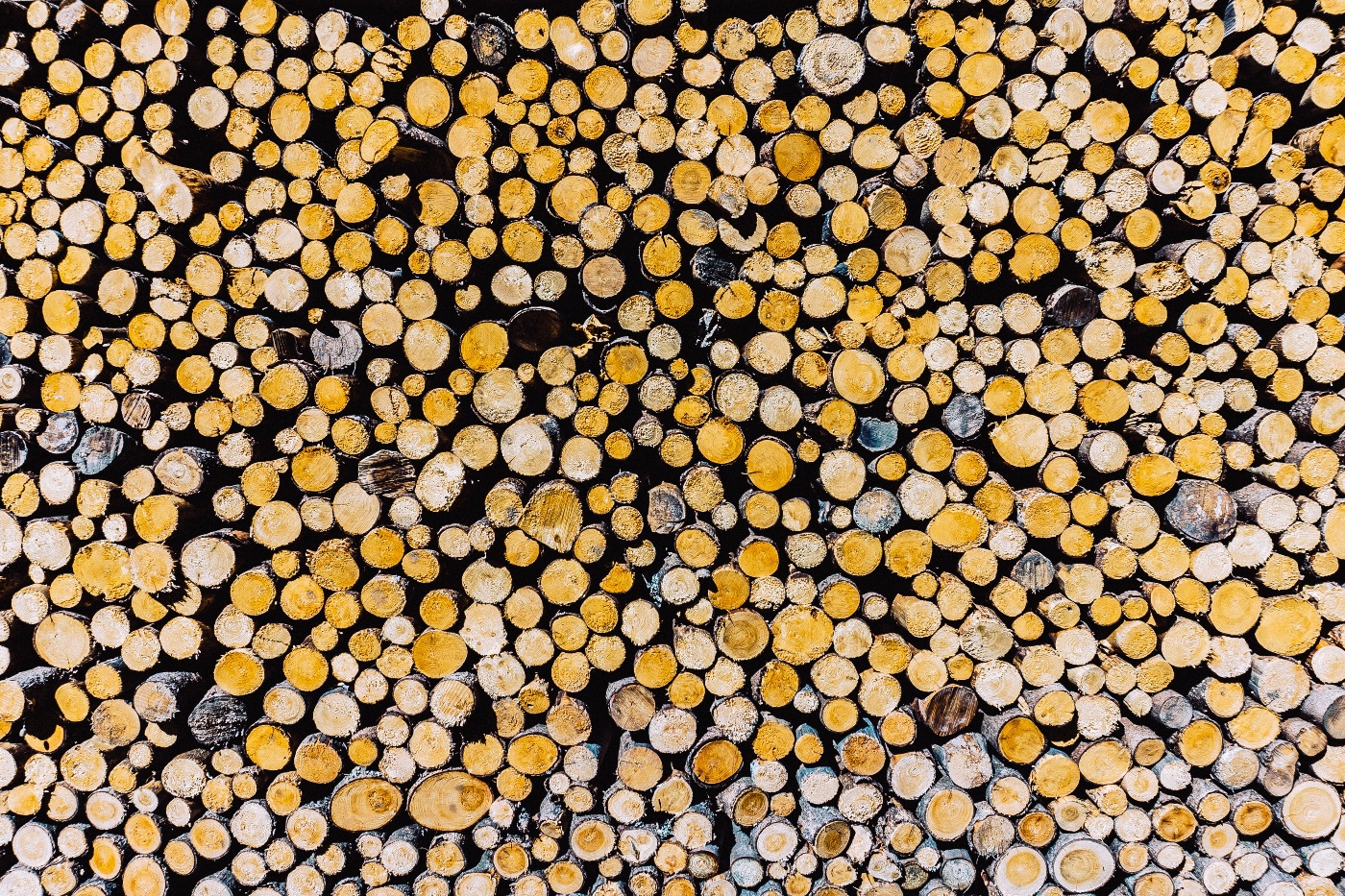Setting Achievable Social Media Goals
Social media is important for artists because it helps connect you to a larger community of audience members and supporters. On the other hand, managing social media can be a big drain of your time and energy, especially when we’re already looking at screens for a large part of the day. It can also make you feel guilty – you may feel like you should actually be spending more time in rehearsal or in the studio, working on your practice, instead of being on social media.
One helpful way to address this is to set some good boundaries around social media through goal setting. Start by asking yourself some questions to reconsider your relationship with social media. Why are you using social media at all? What do you want to happen with social media? By addressing these, you can work backwards to define some concrete goals and boundaries.
What Are Ways to Measure Audience Growth?
One important way to think about growth is to understand your audience metrics. This just means that you have a working knowledge of who is connected with you and how they are engaging with your work. Depending on the platform, your approach to your audience will shift. So how do you go about measuring this?
First is the most obvious – you can measure with your follower numbers. This is the easiest measurement as more followers will mean more eyeballs on your work. One note is to not think that follower growth and overall engagement are the same thing. Not everyone who follows you will be actively engaging with you.
Likes and comments are another measurement. These are the sides of your success that the public can participate in. You can see how you are doing with these metrics by whether people are engaging with your content. Have they been convinced to press that like button? Did they even go further by commenting? This can be a good way to gauge whether your content is speaking to an audience. This provides a bit more specificity than a follower count.
Another metric is impressions. This is a measurement of how many people see your posts. Are your posts coming up in their own feeds? Are your impressions higher or lower than your follower count?
Lastly, we have shares and saves. It is generally great if you can get people to share your content. This is one of the ways that your followers and supporters can amplify you and your work. Ultimately, this will lead to organic growth. Saving is helpful as well because that means people want to not forget and come back to your work!
Creating Goals for Audience Growth
Now that you have some ideas for how you can measure your goals, what are the ways you can use these metrics to track your progress? You can do this in a couple different ways. One is to consider how you can grow by percentage. If you have 1,000 followers, you can set a goal of a 10% increase. Another way is to set a more specific numeric goal. So instead of setting a 10% increase, you can say that you want to increase your followers to 1,100. You can also think about it as growth over time. You can say, “I want to get to 1,100 followers by the end of the year.” These are all variations of practicing creating SMART goals.
Creating SMART (Specific, Measurable, Attainable, Relevant, and Time-Bound) goals is one method of holding yourself accountable for the goals you have in a sustainable manner. The focus really is on being specific and attainable. If your goals are vague and too lofty, it can just make you frustrated about the work you want to do. And we know social media can already be tough.
.gif?width=500&name=SMART%20graphic%20(moving).gif)
Having a framework like SMART goals can frame the work you need to do. If your goal is to increase your followers on Instagram by 100 by the end of the calendar year, you can tailor what you post and how you post to fit this goal. You can also see how you did at the end of the year. If you say, I want more followers in the future, you don’t really have a way to measure how you progressed. Having a moment where you can look back and say, “Hey, I hit my goal!” can be a boost—and an opportunity to share the success with your audience! “Thank you” and celebration posts are additional opportunities to build authentic connections with your online community.
At the end of the day, all of this goal setting and social media work is about supporting your art. You’re on social media to build an audience to support your work. You use it to let people know about new performances or exhibitions, donate to your fundraisers, and collaborate with you on projects. This is what’s important and should be at the forefront of all marketing tools you utilize.
About Sophia Park
Sophia Park (she/her) is a writer and curator based in Brooklyn, NY and Gumi, South Korea. She received her B.A. in Neuroscience from Oberlin College and M.A. in Curatorial Practice from the School of Visual Arts. Recently, she worked as a curator for the 15th Gwangju Biennale. Formerly, she worked as the Director of External Relations at Fractured Atlas, a national nonprofit arts service organization and taught entrepreneurship and the arts at New York University. She is part of slow cook, a curatorial collaboration with Caroline Taylor Shehan where they make programs and books, and is a co-founder of Jip Gallery (2018 - 2022). You can probably find her running some silly distance, trying to get back into tennis, or dancing somewhere.


